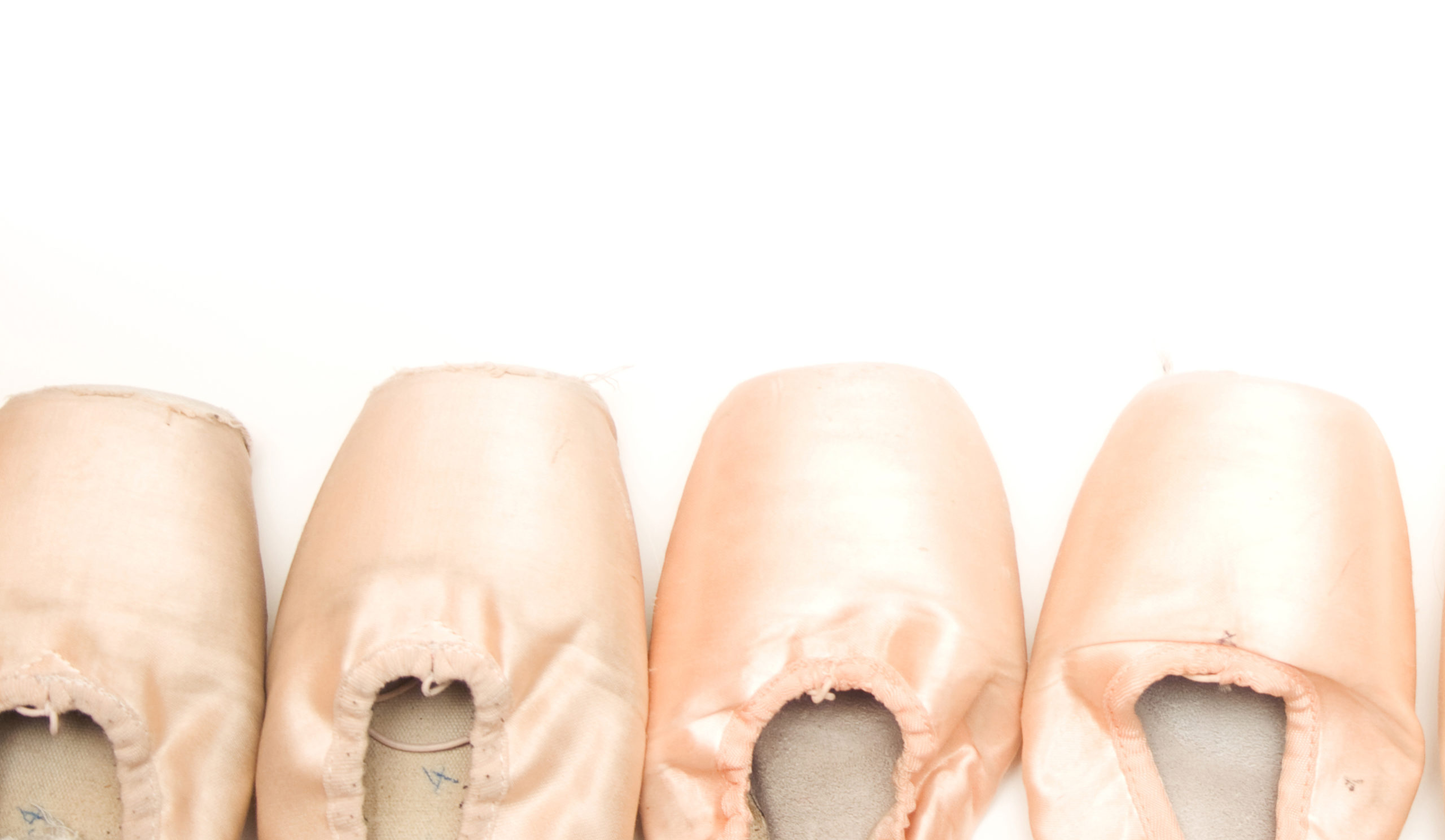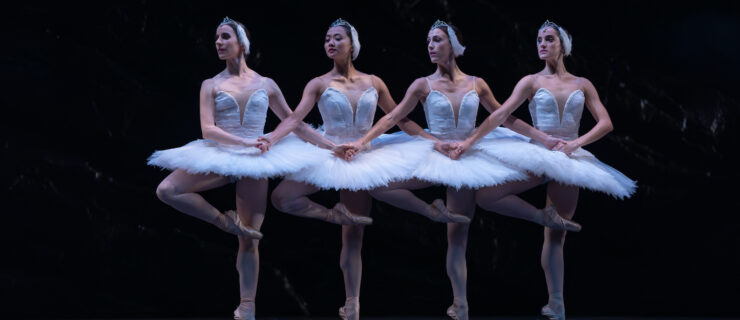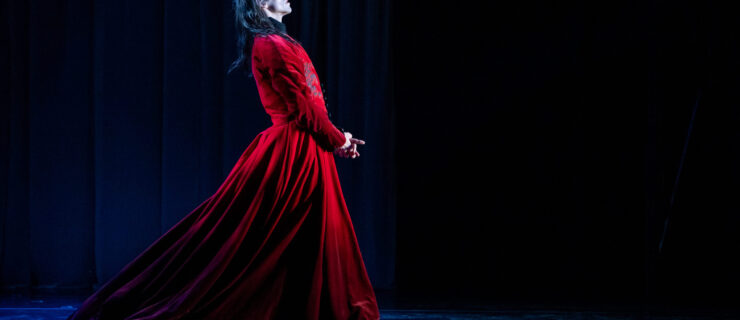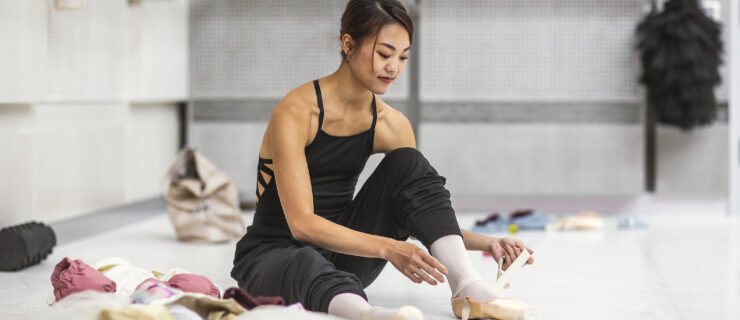Take Your Tendus Overseas
Sean Stewart
Corps de Ballet, American Ballet Theatre
Attended: Paris Opéra Ballet School
As a 16-year-old member of Joffrey II, then based in New York, California native Sean Stewart already had experience living away from home. But he’d always dreamed of attending the Paris Opéra Ballet School, so after two years with the second company, he sent an audition video. They accepted him, and he spent the summer eagerly brushing up on his high school French.
But once in Paris, Stewart felt overwhelmed. “Moving to New York was scary enough, but it was nothing like this,” he says. His French classes left him unprepared for everyday conversation, slang and regional accents.
Stewart lived in the school’s dormitory during the week and with a host family on weekends. As the only American, he found himself very popular among his classmates. “Everyone was curious to get to know me,” he says. “They were fascinated with American culture, especially music.”
Yet Stewart’s transition at the school wasn’t easy. “It’s not the same training system in Europe,” he says, where schools are often state funded and have a national syllabus. “In the U.S., it’s a little more hodge-podge, so dancers are more individualistic.”
The French system stresses proper placement from the very beginning. Young students spend their first years never leaving the barre. “If I had stood at the barre for two years I would’ve killed myself,” says Stewart. “But I felt at a disadvantage for not having basic placement.” The Paris Opéra teaches students to place their torso more forward, creating a slightly concave stomach. “It makes a very accessible path for using turnout,” he says, “but if you haven’t trained that way it feels so awkward.”
His teachers, not sure what to do with him, frequently lost patience. “The French are very opinionated about what is the ‘right way,’ ” says Stewart. “My teachers didn’t understand how someone could do a step differently.” Frustrated, he began to hide in the back. He gained 25 pounds and even contemplated quitting. At the end of the year he returned home with mixed emotions. “It was an amazing experience,” he says, “but I needed an emotional nap.”
Looking back, Stewart says his time in Paris pushed him out of his comfort zone and forced him to become more independent. He also enjoyed traveling and became fluent in French. “You gain a lot when you go through a difficult time,” he says. “It was the beginning of many journeys to discovering myself as a dancer.”
Elizabeth Mason
Principal, Stuttgart Ballet
Attended: John Cranko School
When a teacher from the John Cranko School in Stuttgart, Germany, approached Elizabeth Mason one summer and asked her to audition for the school, she jumped at the chance. “Stuttgart Ballet’s director, Reid Anderson, also directs the school,” says Mason, who was a resident student at the Kirov Academy in Washington, DC, at the time. “Since the Kirov Academy doesn’t have a company affiliation, I thought this might be a good opportunity to get a job.”
Mason had a hard time adjusting at first. Her ballet teacher spoke German, yet because there were so many nationalities in the studio, class was sometimes conducted in English and Russian. “But outside the studio, things like shopping or dealing with my visa were really tough,” says Mason. “Eventually I learned enough to get by.” Meeting new people wasn’t easy either. “Americans are more willing to talk to strangers. Here they look at you like you’re crazy.”
Mason was taken aback by Germany’s organization. “Everything—where you live, work and study—has to be registered with the state,” she says. Despite the paperwork, she appreciated the bureaucratic efficiency. And she liked that Germans know how to relax. “They take advantage of their holidays and vacation,” she says. “It’s a different way of living.”
Her schedule was rigorous, with a two- to three-hour ballet class each morning, followed by repertoire and then either pas de deux, modern or character. She spent her evenings in academic classes. Luckily, she found the school’s Vaganova-based training very similar to what she was used to.
But here she could observe company dancers up close. “We’d get free tickets to the performances,” she says. “I learned a lot just by watching the company members. It helped me transition from dancing like a student to dancing like a professional.”
After two years at the school, Mason accepted an apprenticeship offer without hesitation. “I was very comfortable with the company,” she says. “I felt I could eventually rise to the top.” The Stuttgart Ballet works year-round, unlike many American companies. And although she misses her family, for now she loves living in Europe. “It’s so easy to travel to other countries, and there’s so much culture here,” she says. “The ballet is basically sold out every show, so we feel very appreciated.”
Greta Hodgkinson
Principal, National Ballet of Canada
Attended: Canada’s National Ballet School
Greta Hodgkinson was only 10 when she and her parents began looking into professional ballet schools. The Rhode Island native had her heart set on moving to New York City, but her parents, unwilling to send her there alone, convinced her to try the National Ballet School’s summer program in Toronto. Impressed with the year-round living accommodations and academic and dance programs, they felt comfortable when she was invited to stay in Canada full-time.
However, Hodgkinson was extremely homesick. “I’d never even been to overnight camp and here I was on my own at boarding school,” she says. It took a few months to settle in. She had to adjust to the school’s Cecchetti syllabus, which involved learning set exercises and passing grueling proficiency exams. “I hadn’t trained in any real method,” she says, “so learning a whole syllabus was very different for me.” A prodigious student (so much so that the school advanced her a grade), she was used to dancing more difficult steps, but the Cecchetti method’s simple style exposed weaknesses in her technique. “It was very basic,” she says. “We would only do more difficult things in variations class.”
Luckily, cultural differences were minor. “Toronto is predominantly English-speaking, so I didn’t have to learn a different language,” she says, although French was mandatory in school. “Mostly they made fun of my Rhode Island accent.”
Hodgkinson graduated at 16 and immediately joined NBC. “I knew the company and loved the repertoire,” she says. “I didn’t need to think much about it.”
Not only did Hodgkinson make lifelong friendships, she feels she became a stronger person. “I learned how to be independent in a very nurturing place,” she says. “You grow up fast when you’re in that situation, and it gives you a sense of confidence.” While moving far from home isn’t for everybody, she feels the journey can be invaluable. “As a dancer it’s important to be open to new experiences. You can learn so much by seeing how other people train and by experiencing a new environment.”
Amy Brandt, a regular contributor to Pointe, dances with The Suzanne Farrell Ballet.





